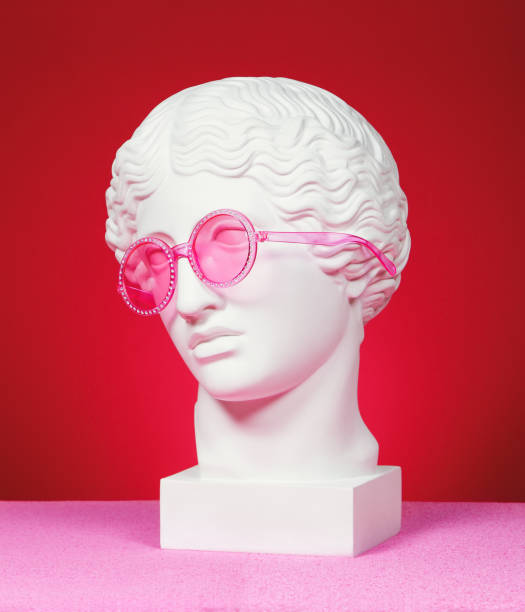The Rebirth of Androgynous Fashion: A Post-Gender Era in Style
Introduction: In the dynamic world of fashion, certain styles transcend seasonal trends, making a significant impact on the way we perceive clothing and style. One such phenomenon is the resurgence of androgynous fashion. Let's dive into the background, current trends, and future implications of this fascinating shift in fashion norms.

The Historical Context of Androgynous Fashion
Long before David Bowie and Grace Jones blurred the lines of gendered fashion, androgyny was present in various cultures. Ancient Egyptians, Greeks, and Romans often depicted their gods in unisex garments, while in the East, traditional Japanese Kabuki theatre saw men performing female roles in gender-neutral attire.
The 20th century witnessed key moments of androgynous fashion, including Coco Chanel’s introduction of trousers for women and Yves Saint Laurent’s iconic Le Smoking suit. The late 20th and early 21st centuries saw a surge in androgynous fashion, driven by social movements advocating for gender fluidity.
The Appeal and Evolution of Androgynous Fashion
The appeal of androgynous fashion lies in its challenge to traditional gender norms. It offers a refreshing perspective on style, encouraging individuals to wear what they love, regardless of gender stereotypes. It’s about self-expression, individuality, and breaking free from societal constraints.
Over time, androgynous fashion has evolved from a niche trend to a mainstream style. Today, many high-end designers and fast-fashion brands incorporate androgynous elements into their collections, reflecting the changing mindset of consumers who seek versatility, comfort, and a break from gendered dressing.
The Influence of Androgynous Fashion on Buyers and Styling Recommendations
Androgynous fashion has significantly influenced consumer behavior. More people are seeking out clothing that defies gender norms, focusing on the design and fit rather than the intended gender of the garment.
Styling an androgynous wardrobe involves mixing traditionally masculine and feminine pieces. Pair a structured blazer with a flowing skirt, or combine tailored trousers with a soft, ruffled blouse. The key is balance and personal comfort.
Practical Styling Tips
- Be bold with layering: Mix textures and silhouettes to add depth to your outfits.
- Accessorize wisely: Use accessories to add a feminine or masculine touch to your ensemble.
- Play with proportions: Oversized clothing can blur the lines of gendered fashion.
- Keep it simple: Neutral colors and minimalist designs work well for an androgynous look.
The Future of Androgynous Fashion
The rise of androgynous fashion signals a shift towards a more inclusive and diverse fashion industry. As conversations around gender identity continue to evolve, so too will fashion. It’s likely that we’ll see more gender-neutral clothing lines and an eradication of separate men’s and women’s sections in stores.
In conclusion, androgynous fashion is much more than a passing trend. It’s a reflection of societal change and a move towards a more inclusive world. It’s about redefining the rules of style and allowing individuality and personal preference to dictate what we wear. As we head further into the 21st century, it’s clear that androgynous fashion is not just a style, but a movement.




